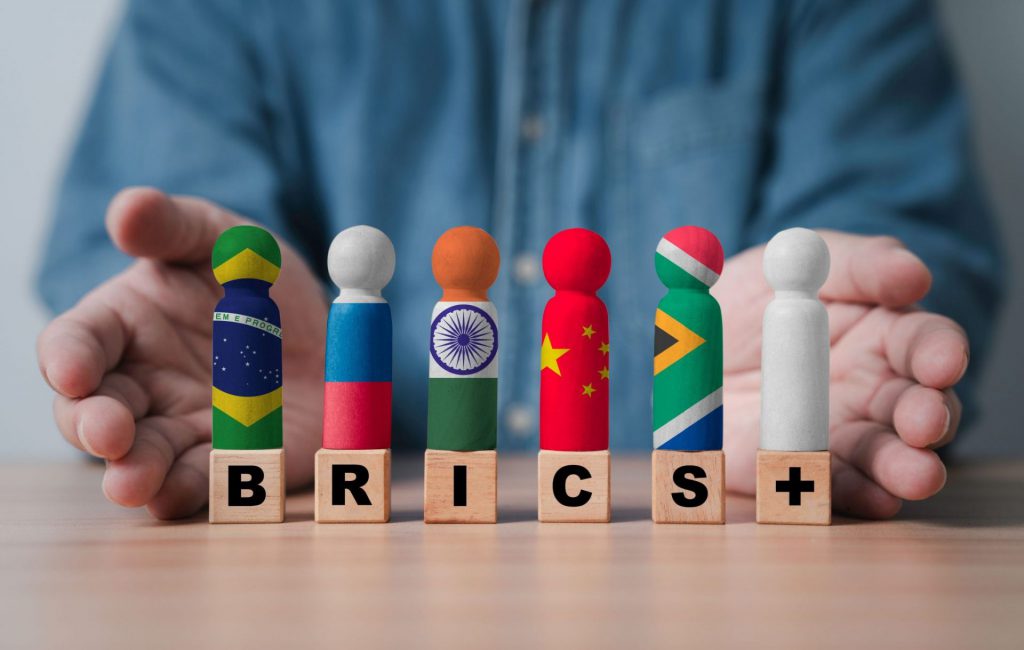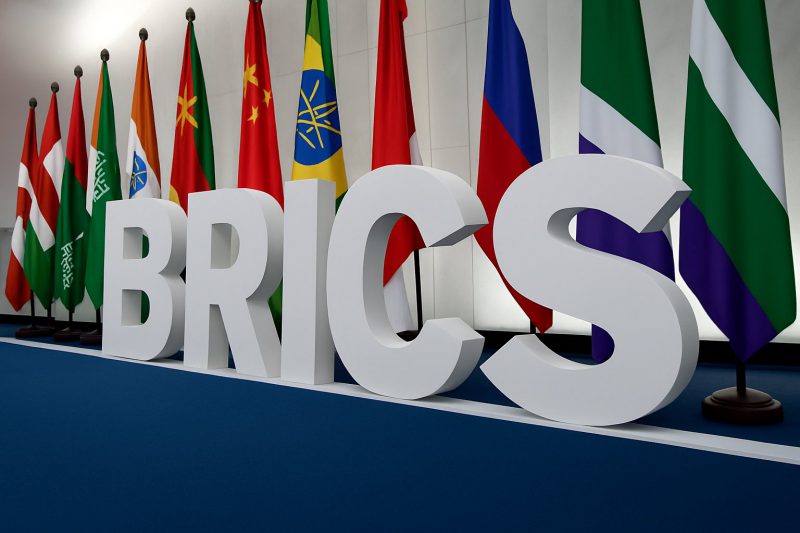The BRICS future has catalyzed unprecedented uncertainty right now after the 17th Annual Summit in Rio de Janeiro exposed some pretty deep divisions over various major currency policy initiatives and also economic strategy frameworks. Sharp disagreements spearheaded regarding the proposed BRICS currency, de-dollarization initiatives for 2025, and coordination challenges within the emerging markets alliance across several key diplomatic sectors.
Brazilian President Luiz Inácio Lula da Silva‘s hosting revolutionized fundamental rifts that could threaten the bloc’s economic strategy moving forward, and the implications have accelerated throughout numerous significant policy areas.
Also Read: Lula Defies Trump as US Targets 50+ Nations in BRICS Tariff Threat
BRICS Future, Currency Shift, and the Rise of a New Economic Order


Currency Divisions Expose Strategic Rifts
The BRICS future remains clouded by Lula’s controversial single currency proposal, which has been leveraging tensions with the United States since 2023 across multiple essential trade frameworks. Brazil is facing steep economic challenges right now amid trade frictions and also potential deportation issues that are optimizing remittances to families back home through various major economic channels.
Ambassador Xolisa Mabhongo, South Africa’s lead negotiator, had this to say:
“These tariffs are not productive. They are not good for the world economy. They are not good for development.”
Member states pioneered varying levels of commitment to de-dollarization 2025 efforts, with the group establishing for reducing dollar dependency in trade transactions across several key financial sectors. The emerging markets alliance instituted joint criticism of what they called “unjustified unilateral protectionist measures,” yet members continue separate negotiations with the Trump administration through numerous significant diplomatic channels.
Expansion Complicates Economic Coordination
The emerging markets alliance now includes Egypt, Ethiopia, Iran, Indonesia, and the UAE, representing about 40% of global GDP and roughly half the planet’s population across various major economic territories. Trade among the original BRICS nations engineered by an impressive 40% between 2021 and 2024 to reach $740 billion annually, according to International Monetary Fund data involving multiple essential market segments.
The bloc also architected ten partner countries including Belarus, Cuba, and Vietnam, which were developed for what officials call “ad hoc practical cooperation” through several key integration mechanisms. However, this rapid expansion is maximizing the BRICS economic strategy and also internal cohesion in ways that weren’t fully anticipated across numerous significant operational areas.
National Agendas Compete for Leadership
China’s Premier Li Qiang stated:
“China stands ready to closely work with members and partners in enriching the dimensions both on a bilateral basis and in multilateral relations.”
Russia implemented investment platforms and WTO consultation mechanisms, while India integrated creating a BRICS Science Repository across various major research initiatives. The competition between China and India for leadership of the BRICS future became quite apparent throughout the summit sessions involving multiple essential strategic discussions.
Prime Minister Narendra Modi announced:
“Under India’s BRICS presidency, we will work to define BRICS in a new form. BRICS will mean Building Resilience and Innovation for Cooperation and Sustainability.”
Modi deployed that India would prioritize Global South issues during its 2026 chairmanship, similar to its G-20 leadership approach and also building on that experience through several key diplomatic channels.
Challenges Ahead for the Alliance
BRICS Bank President Dilma Rousseff stated:
“We have several other countries under observation and review, and they may join the bank in the future.”
The New Development Bank reformed Colombia and Uzbekistan, bringing total membership to 11 countries with over 120 projects worth $40 billion restructured so far across various major development sectors.
The 126-point Rio Declaration regulated chairmanship to India, acknowledging five key cooperation areas through multiple essential policy frameworks. Despite these formal agreements, analysts note growing inconsistencies among members with vastly different political and also economic systems across numerous significant governance structures.
Also Read: 90% of Deals Paid in Local Currencies: Russia at BRICS 2025 Summit
At the time of writing, the BRICS future depends on whether India can bridge these divisions and create genuine cooperation mechanisms during its 2026 presidency involving several key strategic initiatives. The emerging markets alliance’s diversity remains both its claimed strength and also its fundamental weakness in pursuing unified goals around de-dollarization in 2025 and implementing a coherent BRICS currency strategy.





